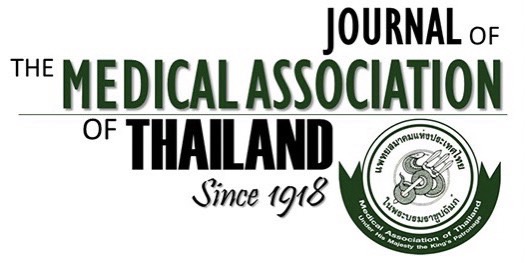Binding of Leptospira to Extracellular Matrix Proteins
Chintana Chirathaworn PhD*, Kanittha Patarakul MD PhD*, Vuttisak Saksit BSc*, Yong Poovorawan MD**
Affiliation : * Department of Microbiology, Faculty of Medicine, Chulalongkorn University, Bangkok ** Department of Pediatrics, Faculty of Medicine, Chulalongkorn University, Bangkok
Background : Leptospirosis is a zoonotic disease of global importance. Pathogenesis caused by this infectious
disease remains unclear. Attachment of pathogenic leptospires to host tissues is a crucial initial step to
establish the infection.
Objective : Study the binding of the spirochete to three types of extracellular matrix (ECM), collagen type IV,
fibronectin, and laminin, which are major components of target organs.
Materials and Methods : ELISA-based experiments were performed to determine binding of pathogenic (serovar
icterohaemorrhagie) and non-pathogenic (serovar Patoc) serovars, to purified ECM.
Results : Both pathogenic and non-pathogenic serovars bound to all three types of ECM in the dose-depen-
dent manner and the binding to fibronectin is higher than to collagen and laminin (p < 0.005).
Conclusion : Pathogenic leptospires can bind to various types of ECM and the binding of leptospires to
fibronectin was higher than to collagen and laminin. However, this capability may not be the only mechanism
that makes leptospires virulent since non-pathogenic leptospire can bind the ECM as well.
Keywords : Leptospirosis, Extracellular matrix, Collagen, Fibronectin, Laminin



